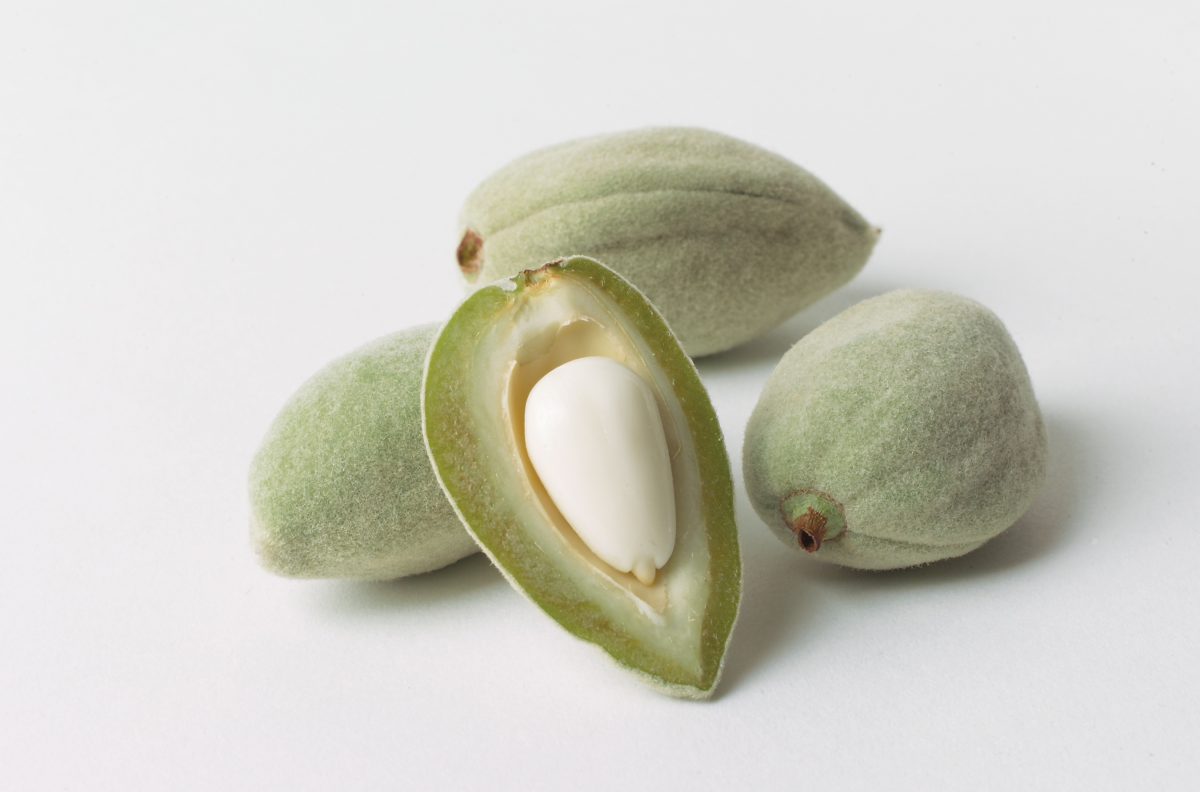MAKING YOUR LAND AND WATER PROFITABLE: BEYOND INTENSIVE CULTIVATION
Almond plantations have had a strong increase in our country in the last 4 years. In fact, some players in this market consider that a “boom” has occurred and that, as has happened in other crops or even in other areas of the economy, it could explode at any time. Explaining the reason for this growth can be defined with one
- Cost effectiveness.
- Almond price.
- Knowledge of better cultivation techniques and management of the almond tree.
The questions that arise at the moment in which we find ourselves are the following: Are these prices sustainable in the short/medium term? California controls the world production of almonds since its production represents 80% followed by Australia with 7% and Spain with 4%.
In California, the value of almonds represents more than 5,000 million dollars for farmers, being the third product in production value behind milk and table grapes. Therefore, to talk about prices, we must analyze it from the point of view of the American almond, and, therefore, we can say that its production, processing, packaging and marketing costs should be the basis for establishing the price of the almond in the global market.
Since the beginning of 2015, when we had a spectacular increase in the price of almonds, the market trend has returned to the range of $2.20/lb (€4.60/kg) – 2 $.70/lb (€5.60/kg). Between that price range the actors are comfortable. We must not forget that the almond is a substitute product, it is not a basic necessity, and therefore an increase in price causes a drop in consumption. Are they a consequence of greater demand or specific market situations? The production of nuts worldwide has been growing in recent years, with almonds being the one that has increased the most.
The almond is the dried fruit that is most consumed and therefore it is also the one that suffers the most tension in price. Any sensation of supply or demand very quickly influences the behavior of this. Therefore, speculation is a determining factor in our market. The news that emerged during the first months of 2015 caused the offer to shrink and, therefore, prices to increase. Given this situation, the logical thing is that the demand would have stopped and the market would have returned to seek its balance.
However, during that period other macroeconomic factors occurred, such as the strengthening of the dollar against the euro, the financial tension in the Asian continent, to name a few, and this made importing American almonds increasingly expensive. At this juncture another variable also appeared that also had a positive influence on the price of almonds: THE NEW CONSUMERS.
Year after year the almond is entering the shopping basket of more people. Consuming almonds is healthy and today the consumer is aware of it. But, at high prices, what consumer can incorporate almonds into their diet? The highest per capita income.
Will the market be capable of assuming the productions of the new plantations? Yes. The market will assume the new productions thanks to the fact that it has been preparing for it for years. It is expected to increase world production by more than 25%. I do not want to speculate with the estimates, since these may be more or less optimistic. What we can analyze is the consumption of almonds worldwide.
The largest consumer of almonds is Spain, with a consumption of 1.5kg/person/year, and the country that consumes the least is China with 0.02kg/person/year. The global average per capita consumption in 2016 was 0.16kg/person/yea We must also analyze the marketing work that the US has been doing for years promoting the almond. Specific marketing campaigns for each country involving movie stars, athletes, renowned chefs, etc., launching clear messages to specific targets All this work has meant that year after year the demand grows evenly, and even, at times, more than the supply.
Is it still an opportunity to plant almond trees? The production costs of the Spanish almond are lower than those of the American almond, mainly as a result of the cultivation techniques applied in California, both due to the use of water and the varieties used, which require cross-pollination. However, the kg of grain produced in California are much higher than those produced in Spain. With practically the same productive hectares, Spain produces between 5%-6% of what Californian productive hectares produce. And I say productive, because in California almond trees continue to be planted and are being planted, using the techniques they have learned from other producing countries such as Spain.
The great work done so far in our country should not stop here. We are at the beginning of change. Research centers, nurseries, farmers, machinery manufacturers, advisers, trainers, cooperatives, industrialists, we are all on the move. Nobody could imagine 10 years ago that we could produce what we produce today. We must continue advancing in this line, but we must not forget that it is also very important to advance in marketing.
Until now we have dedicated ourselves to defending our almond from the American almond with arguments of organoleptic quality, as it cannot be otherwise. But, who hasn’t eaten a bitter almond at some time in their life? Commercially, this variable is unsustainable and, even more so, when we defend our product as the best and therefore try to offer it more expensive.
We have great potential for growth and we must take advantage of the opportunity presented to us, learning from our mistakes. All of us who participate in one way or another in this market know what the mistakes are. It is up to us to solve them and continue growing.
Source: Olint agromillora: https://www.agromillora.com/olint/mercado-de-la-almendra-presente-y-futuro/

